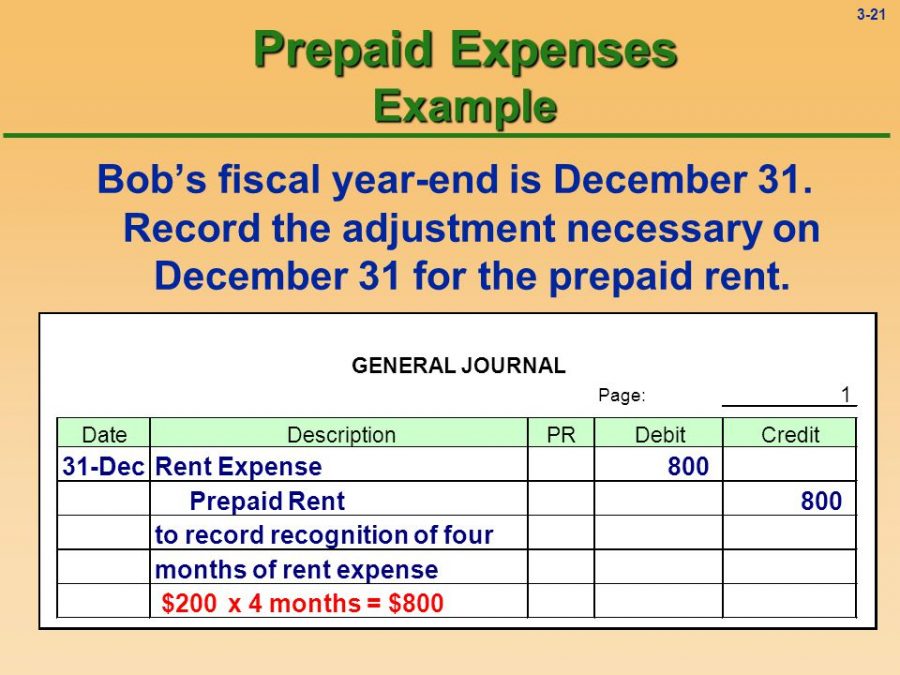

If you’re wanting to bypass the spreadsheets and go straight to an inventory tool, make sure you read this first. The quantities of your inventory won’t be tracked automatically.Don’t worry, though it’s fairly straightforward. It requires some experience with spreadsheets.You’ll be using a spreadsheet and will be able to quickly understand what you’re actually looking at. It makes it much easier to validate your data.It keeps your QBO file nice and clean, without unnecessary entries or distractions.By the way, we also made video showing you how to use it. We’ve created a template to help you track and manage your inventory and COGS. This method just needs two data points to work effectively: Use this number to make a journal entry in QuickBooks Online that moves this lump sum from your balance sheet to your profit and loss sheet.Ĭonfused? Don’t be it’s actually really simple.Calculate your Cost of Goods Sold number.This process of adding a COGS journal entry looks like: The ‘Bucket to Bucket’ Method of Tracking COGS in QuickBooks Online In this blog post, we’ll be discussing the ‘Bucket to Bucket’ method. The ‘Bucket to Bucket’ method (this blog post’s chosen method).There are actually three main ways to achieve this goal:

How to Create a Cost of Goods Sold Journal Entry in QuickBooks Online Instead of seeing wild losses in the month that you buy new inventory and inflated gains during the following months, you’ll see a balanced statement that can be used to sustainably predict each coming quarter.įor more information, read Cash vs. This is where the term ‘cost of goods sold’ comes from.Įxpensing your inventory this way helps keep your profit and loss statement far more consistent and easy to use. Instead, your goods should be recorded as assets on your balance sheet, and e xpensed incrementally as and when each unit is sold. This is a common mistake that can skew your profit and loss statement wildly up or down in a given month. Good bookkeeping practice dictates that goods shouldn’t be expensed upon purchase. Let’s explore the way inventory moves through a business financially. 6 Conclusion A Brief Background to Cost of Goods Sold (COGS)īefore we dive into that Cost of Goods Sold journal entry, it’s worth briefly touching on the nature of COGS to make sure you’re on the right page.


 0 kommentar(er)
0 kommentar(er)
